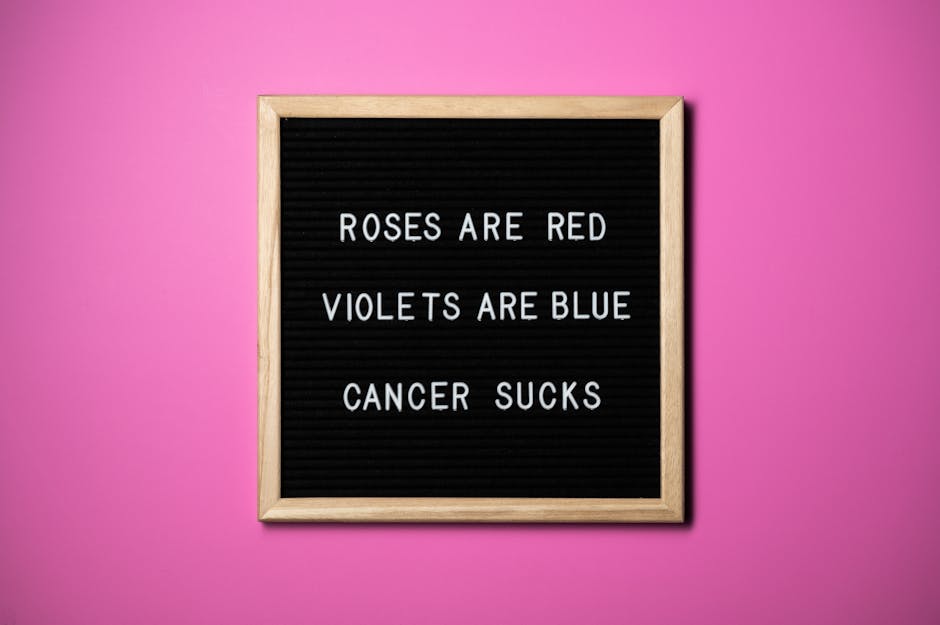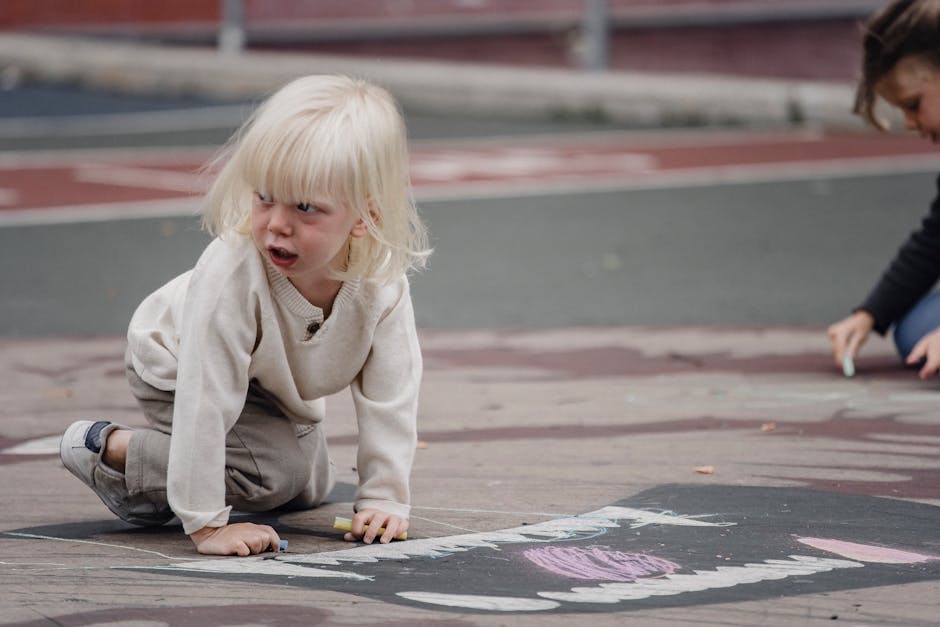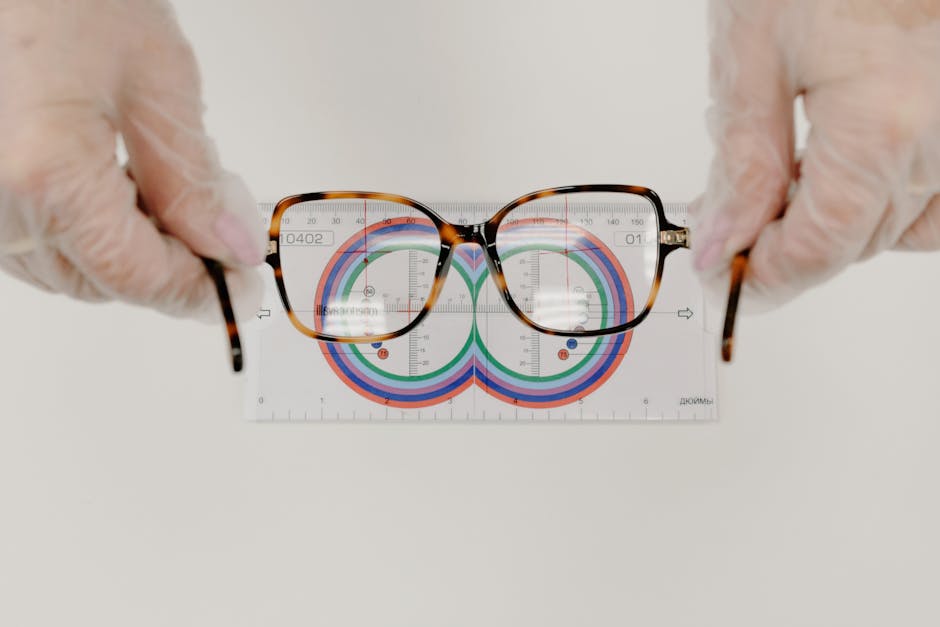Best Practises for Visual Design in UX
You’re about to level up your visual design game, and it all starts with the fundamentals. Balance and hierarchy come first – think symmetry, asymmetry, and visual flow. Next, typography is essential for readability and flow – don’t mess up the font choice, or your design will look amateur. Then, there’s colour theory, where emotions and associations come into play. And, let’s not forget imagery and iconography, where cultural sensitivity and authenticity are key. Finally, accessibility is a must-have, not a nice-to-have. Ready to make a lasting impression?
Key Takeaways
• Balance and hierarchy in design create a sense of order and calm, guiding the user’s eye through the visual flow.• Typography choices, including font psychology, size, and spacing, significantly impact readability and user experience.• Colour theory and mood boards help evoke emotions and create a cohesive visual identity that resonates with the target audience.• Imagery and iconography must be culturally sensitive, respectful, and authentic, avoiding stereotypes and harmful biases.• Accessibility principles, such as high contrast and screen reader compatibility, are essential for creating a useable design for all users.
Balance and Hierarchy in Design

When you’re designing, you’re basically juggling a multitude of visual elements, and if you don’t establish balance and hierarchy, your design can quickly devolve into a hot mess that’s about as appealing as a kindergartener’s art project. It’s like trying to solve a puzzle blindfolded – it’s a recipe for disaster.
So, how do you avoid this mess? By mastering the art of balance and hierarchy, that’s how.
Symmetry principles come into play here. Symmetry creates a sense of order and calm, making it easier for users to navigate your design.
But, symmetry doesn’t always mean perfect reflection. Sometimes, a little asymmetry can create a more dynamic and interesting visual flow. The key is to strike a balance between symmetry and asymmetry to create a sense of harmony.
Visual flow is also essential in establishing balance and hierarchy. You want to guide the user’s eye through your design, creating a clear path of attention.
This can be achieved by using size, colour, and placement to create a clear order of importance. By doing so, you’ll create a design that’s easy on the eyes and intuitive to use.
Typography for Readability and Flow

Typography is more than just picking a font; it’s about creating a reading experience that’s as smooth as a summer breeze on a tropical island. If your typography is a mess, all that balance and harmony goes out the window.
Font Psychology plays a significant role in how users perceive your design. A serif font can evoke feelings of tradition and sophistication, while a sans-serif font screams modernity and sleekness. Choose wisely, because the wrong font can make your design look like a hot mess.
You want your users to glide through your content like a hot knife through butter, not stumble through it like a toddler learning to walk. That’s where font size, line spacing, and column width come in. Think of it as a harmonious dance between the words, where each element works in perfect synch to create a seamless reading experience. So, don’t be afraid to experiment and find the perfect rhythm for your design. Your users (and their eyeballs) will thank you.
Colour Theory for Emotional Connexion

One wrong colour choice can turn your design from a masterpiece to a mess, and that’s why understanding colour theory is essential for crafting an emotional connexion with your users.
You don’t want to be that designer who accidentally creates a visual catastrophe, do you? Colour theory isn’t just about picking colours you like; it’s about understanding how they make people feel. That’s where colour psychology comes in – the study of how colours affect human emotions and behaviour.
When creating a design, you want to evoke the right emotions in your users. For example, blue often conveys trust and reliability, while red can evoke excitement and energy.
But, remember, colour psychology isn’t a one-size-fits-all deal. What works for one audience mightn’t work for another. That’s why it’s essential to create a mood board that reflects your brand’s personality and resonates with your target audience.
A mood board is a visual representation of your design’s overall aesthetic, and it’s where you get to experiment with different colour palettes, textures, and typography. By doing so, you’ll be able to create a cohesive visual identity that speaks to your users on an emotional level.
Imagery and Iconography Best Practises

Your design’s visual hierarchy is about to get a major upgrade, thanks to the strategic use of imagery and iconography that speaks directly to your users’ brains. It’s time to level up your visual design game and make a lasting impression on your audience. But, let’s get real, it’s not just about slapping some trendy ikons and images onto your design. Nope, not even close.
To truly elevate your design, you need to think critically about the cultural sensitivity and authentic representation of your imagery and iconography. You want to make sure you’re not perpetuating stereotypes or reenforcing harmful biases. That’s why you must prioritise choosing imagery that reflects the diversity of your users and avoids tokenism.
Here’s a quick cheat sheet to get you started:
| Imagery/Iconography | Do | Don’t |
|---|---|---|
| Use diverse models | Feature models of different races, ages, and abilities | Use only one type of model or perpetuate stereotypes |
| Choose culturally sensitive ikons | Use ikons that are respectful of different cultures and avoid appropriation | Use ikons that are culturally insensitive or appropriative |
| Represent authentic scenarios | Show real-life scenarios that reflect your users’ experiences | Use fake or staged scenarios that don’t resonate with users |
Accessibility in Visual Design

As you venture into the world of visual design, it’s time to face a harsh reality: your design might be alienating a significant chunk of your audience if it’s not accessible to users with disabilities.
Yep, it’s a tough pill to swallow, but someone’s gotta tell you. The thing is, accessibility isn’t just about checking a box; it’s about creating a design that’s useable by everyone, regardless of their abilities.
So, what can you do?
For starters, make sure your design has high contrast between background and text. It’s not about being trendy; it’s about being readable.
Think about it: if someone with visual impairments can’t read your text, how are they supposed to use your product? And don’t even get me started on screen readers. If your design isn’t compatible with these life-changing tools, you’re basically telling users with visual impairments to take a hike.
Accessibility isn’t just a nice-to-have; it’s a must-have.
By incorporating accessibility principles into your design, you’re not only doing the right thing; you’re also creating a better experience for everyone. And who doesn’t want that?
Conclusion
You’ve made it to the finish line!
Now that you’ve got the lowdown on balance, typography, colour theory, imagery, and accessibility, it’s time to put your newfound knowledge into practise.
Remember, visual design is like baking a cake – you need the right ingredients (elements) in the right proportions (balance) to create something truly show-stopping.
So, go ahead, whip out your design skills, and make some visual magic happen!
Contact us to discuss our services now!
